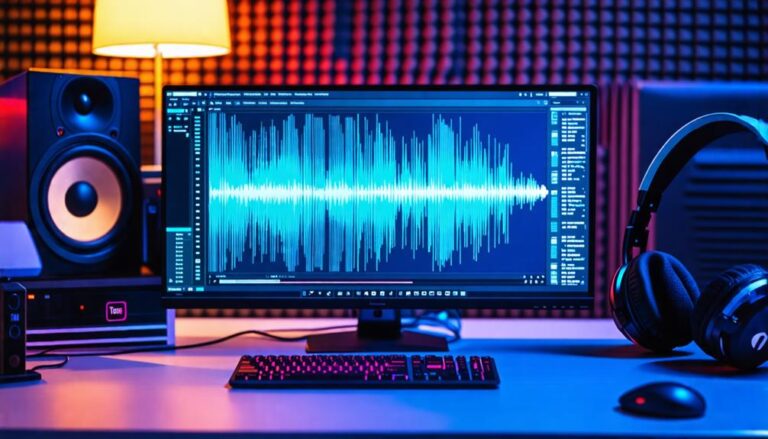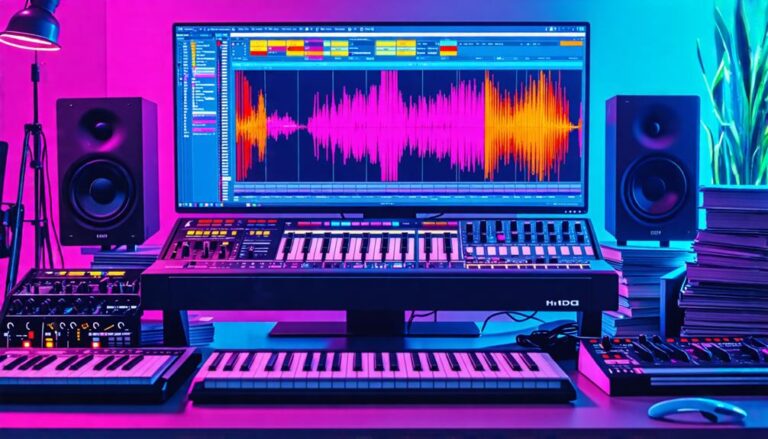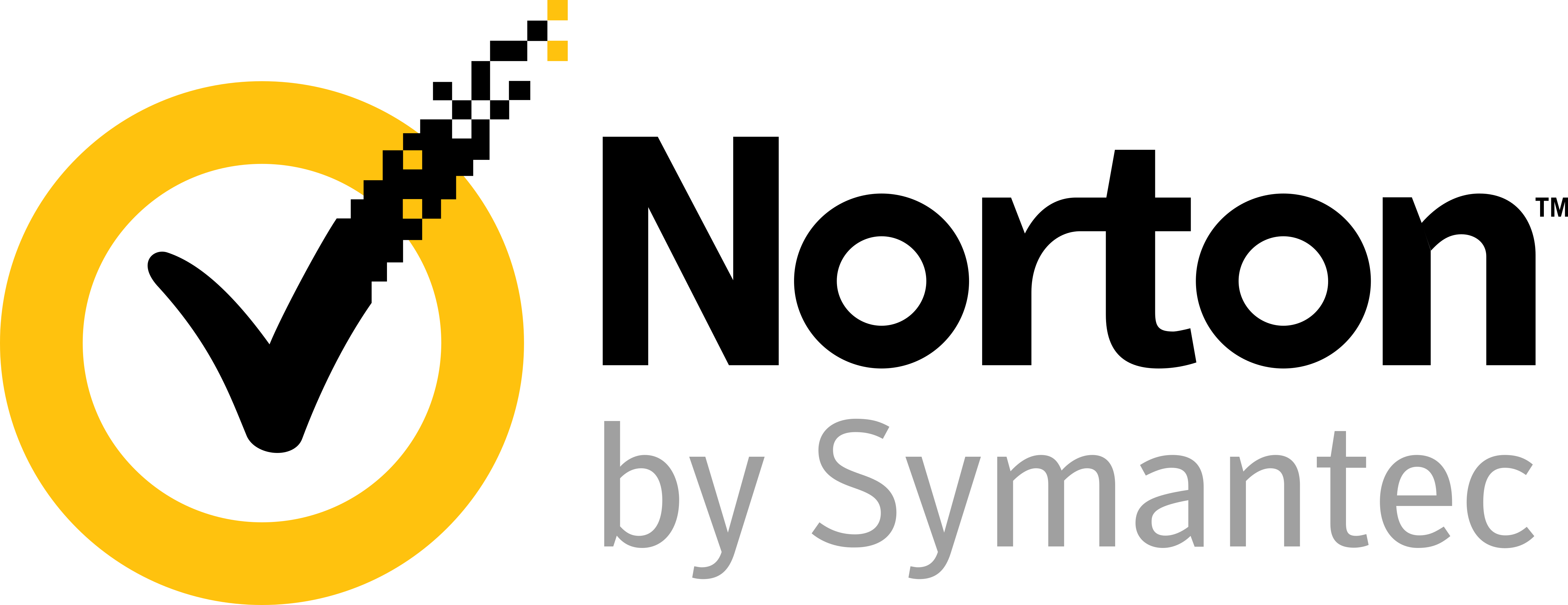Conducting technical analysis for crypto trading as a side hustle involves analyzing cryptocurrency price charts to identify patterns and trends that can inform trading decisions. To implement this side hustle, follow these steps:
Master the art of chart reading by learning to identify different types of charts, such as candlestick charts and line charts. Understand the components of a chart, including the x-axis, y-axis, and chart patterns like support and resistance levels.
Identify support and resistance levels, which are key concepts in technical analysis. Support levels are price levels where the cryptocurrency tends to bounce back, while resistance levels are price levels where the cryptocurrency tends to encounter selling pressure.
Apply technical indicators to inform trading decisions. Common indicators used in technical analysis include moving averages, relative strength index (RSI), and Bollinger Bands. These indicators can help identify trends, overbought and oversold conditions, and potential buy or sell signals.
Develop a trading strategy based on technical analysis. This involves combining chart patterns, support and resistance levels, and technical indicators to create a set of rules for entering and exiting trades.
Backtest the trading strategy using historical data to evaluate its performance and make any necessary adjustments.
Implement the trading strategy in real-time, using tools such as trading software or platforms to execute trades and monitor performance.
Continuously monitor and evaluate the trading strategy, making adjustments as needed to improve performance.
Understanding Crypto Market Trends
Analyzing crypto market trends can be a valuable side hustle, allowing you to make informed trading decisions and potentially earn extra income. To do this, you'll need to identify patterns in price movements, trading volumes, and order flows that can help you predict future market behavior.
By examining how market participants react to various events, such as economic news and global trends, you can gauge market sentiment and adjust your trading strategy accordingly.
As a side hustler, understanding market psychology is crucial to making accurate predictions and maximizing your earnings. By combining patterns in price movements with trading volume analysis, you can gain a deeper understanding of market psychology and make more informed trading decisions.
This can be done in your spare time, allowing you to balance your side hustle with other responsibilities.
Essential Tools for Technical Analysis
As you build your technical analysis skills for crypto trading, you'll need to become familiar with essential tools that help you interpret market data.
You'll start by selecting a charting software that meets your needs, such as TradingView or MetaTrader, which will serve as the foundation for your analysis.
With your charting software in place, you can then explore the various technical indicators available, like trend, momentum, and volume indicators, to develop a robust trading strategy.
Charting Software Options
As a side hustler looking to diversify your income streams through crypto trading, your technical analysis setup is crucial. To start, select a reliable charting software that provides real-time data, customizable charts, and crucial indicators to inform your trading decisions.
Consider a user interface that's intuitive and easy to navigate, allowing you to quickly identify key trends and patterns. When evaluating charting software for your side hustle, consider the types of charts and indicators offered. Look for software that allows customization of charts with various time frames, candlestick patterns, and indicators such as moving averages and relative strength index (RSI).
Real-time data feeds and updates are also essential to ensure you're viewing the most current market information. Popular charting software options for side hustlers in crypto trading include TradingView, Coinigy, and CryptoSpectator. Explore each option to determine which one best suits your side hustle's trading needs, providing the tools needed to conduct technical analysis and make informed trading decisions in the crypto market.
Technical Indicator Types
As a side hustler, building multiple income streams requires staying ahead of market trends to maximize returns. Technical indicator types play a crucial role in analyzing market movements, identifying opportunities, and making data-driven decisions in your side hustles. By applying these indicators, you can gauge market sentiment, identify potential shifts, and adjust your side hustle strategy to stay competitive.
| Indicator Type | Description | Example |
|---|---|---|
| Trend Indicators | Help identify market direction and strength | Moving Averages, Trend Lines |
| Momentum Indicators | Gauge the speed and strength of price movements | Momentum Indicators, Divergence Analysis |
| Pattern Recognition | Identify repeating patterns in price action | Candlestick Patterns, Fibonacci Retracement |
You'll use these indicators to analyze market cycles, identify potential reversals, and adjust your side hustle strategy to capitalize on emerging trends. By combining trend, momentum, and pattern recognition indicators, you'll gain a deeper understanding of market dynamics and make informed decisions to grow your side hustles. Mastering technical indicator types will sharpen your analysis skills and help you become a proficient entrepreneurial decision-maker.
Reading Charts and Patterns
As you analyze the crypto market, you'll need to develop your skills in reading charts and patterns.
You'll start by understanding the different chart types, such as line charts, bar charts, and candlestick charts, each providing a unique perspective on market trends.
Understanding Chart Types
When analyzing data related to your side hustle, recognizing different chart types is crucial for identifying trends and patterns that inform business decisions. You'll encounter various chart types, each with its unique characteristics and uses.
The most common types include the line chart, which displays revenue or website traffic over time as a continuous line, and the candlestick chart, which provides more detailed information about sales or engagement patterns. The bar chart is another popular type, showing the number of clients, sales, or revenue for a given period.
You'll also come across more specialized charts, such as the point figure chart, which plots sales or revenue without considering time, and the area chart, which fills the area under the revenue line to highlight growth trends.
Additionally, there are charts like the renko chart, which uses bricks to represent sales or revenue milestones, and the kagi chart, which uses a combination of vertical and horizontal lines to track progress toward goals.
Finally, there's the volume chart, which displays the number of clients, sales, or website traffic over time.
Familiarizing yourself with these chart types will help you choose the best tool for analyzing your side hustle's performance and make more informed decisions to drive growth. By understanding the strengths and limitations of each chart type, you'll become a more effective analyst of your side business.
Identifying Trend Patterns
Identifying side hustle opportunities requires a systematic approach to analyzing market trends and patterns, which involves recognizing specific configurations and relationships between data points. This means searching for specific sequences of highs and lows, as well as the relationships between them, in the side hustle market.
When identifying trend patterns in the side hustle space, you're fundamentally looking for two main things: trend reversal and trend continuation.
Trend reversal patterns signal that the current side hustle trend is likely to reverse, indicating an opportunity to pivot or adjust your side hustle strategy. Examples of trend reversal patterns in the side hustle space include a shift from in-person services to online services or a change in consumer demand from one product to another.
On the other hand, trend continuation patterns suggest that the current side hustle trend will continue. Examples of these patterns include the ongoing demand for freelance writing or social media management services.
Identifying Support and Resistance
When analyzing market trends for your side hustle in cryptocurrency trading, recognizing areas of support and resistance on a chart is crucial for understanding market sentiment and anticipating potential price fluctuations.
You'll want to concentrate on identifying support levels, which are price points where buyers often intervene to prevent further downward movement.
Likewise, pinpointing resistance zones is essential, as these are areas where sellers tend to dominate, stifling upward momentum and impacting your side hustle's profitability.
Applying Indicators and Oscillators
When it comes to navigating the cryptocurrency market for your side hustle, applying technical indicators and oscillators to your charts can be a game-changer.
Indicators like moving averages and relative strength index (RSI) help identify trends and patterns, allowing you to make more informed trading decisions. Oscillators, such as the stochastic oscillator and Bollinger Bands, offer essential insights into market momentum and volatility.
To maximize the effectiveness of these tools, it's essential to experiment with different indicator settings to determine what best aligns with your side hustle trading strategy. For instance, adjusting the moving average's time period can significantly impact the signals you receive, and tweaking an oscillator's parameters can help fine-tune entry and exit points.
Mastering oscillator signals can enhance your ability to anticipate market shifts, enabling you to adjust your trading plan accordingly. Combining multiple indicators and oscillators creates a robust trading system, helping you stay ahead of the cryptocurrency curve and optimizing your side hustle's profitability.
Managing Risk and Emotions
Effectively managing risk and emotions is crucial to maximizing your side hustle's profitability in the cryptocurrency market.
As you create a robust trading system, assessing your risk tolerance becomes essential. It involves determining your ability to withstand potential losses, which helps you decide on the right position size for each trade. Conservative traders may prefer smaller positions, while more aggressive ones can handle larger ones.
Developing emotional discipline is also vital. Train yourself to stick to your trading system and execute trades according to plan, even when it's difficult. Manage emotions like fear, greed, and excitement to make rational decisions.
Avoid letting fear prevent you from taking a trade, and don't let greed keep you in a trade too long.
Building a Trading Strategy
Crafting a profitable side hustle in trading requires that you define clear objectives, such as the type of markets to trade, the frequency of trades, and the desired return on investment.
You'll also need to contemplate your risk tolerance, market analysis, and the tools you'll use to execute trades. By being specific about your goals and approach, you'll be better equipped to navigate the markets and make informed decisions, allowing you to supplement your income effectively.
As you develop your trading side hustle, it's crucial to backtest your strategy using historical data. This involves simulating trades and evaluating the performance of your approach over time.
By backtesting strategies, you'll identify areas for improvement and refine your approach to achieve better results, ultimately creating a more sustainable side hustle.
Don't underestimate the importance of trading psychology in your side hustle. Your mindset and emotions can greatly impact your trading performance, affecting your ability to make a profit.
By acknowledging and managing your emotions, you'll be more likely to stick to your strategy and avoid impulsive decisions, allowing you to stay focused on your side hustle goals.
With a solid strategy in place, you'll be better equipped to navigate the markets and achieve success in your trading side hustle.
Conclusion
With technical analysis skills under your belt, your side hustle is poised for growth.
Refine your trading strategy by continuously assessing market trends and patterns, and make data-driven decisions to maximize profits.
As your skills improve, you'll be able to make smart, timely trades that fuel the success of your crypto trading side hustle.

















































0
View comments